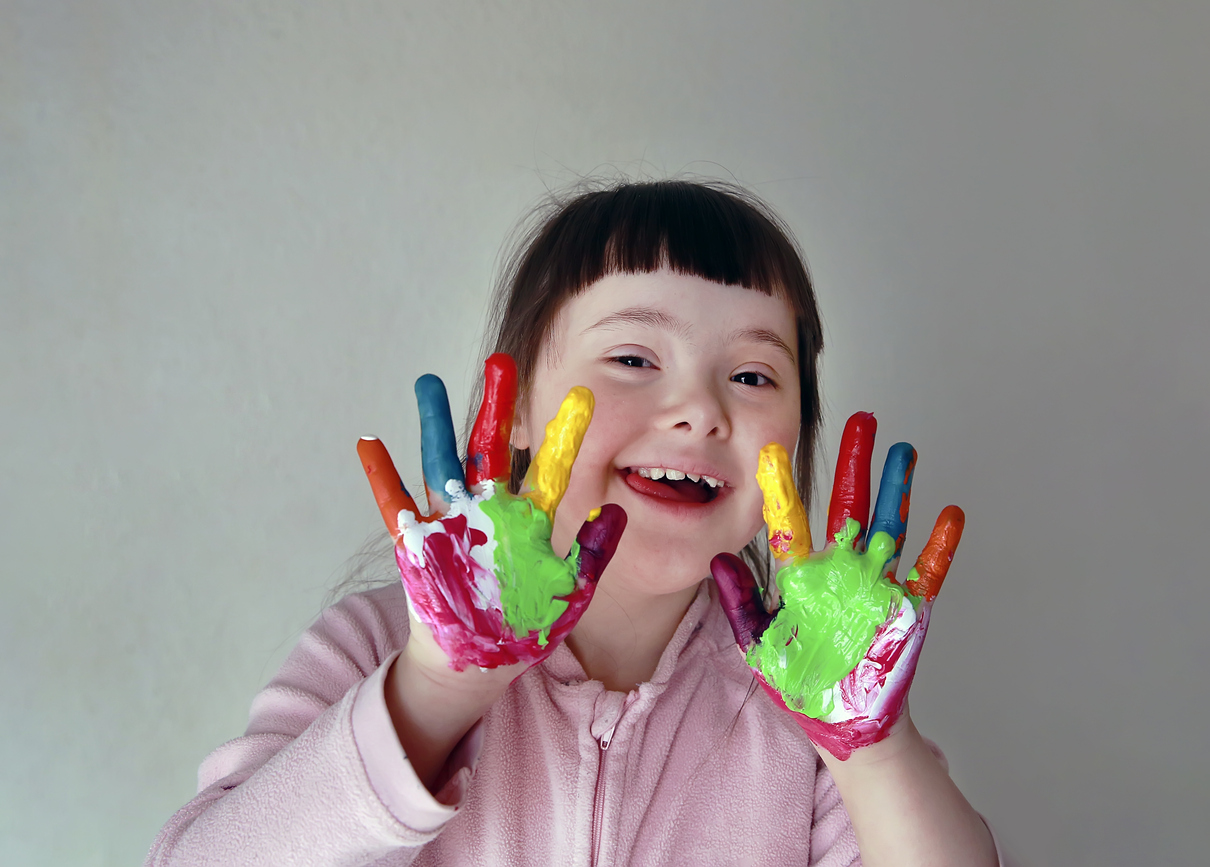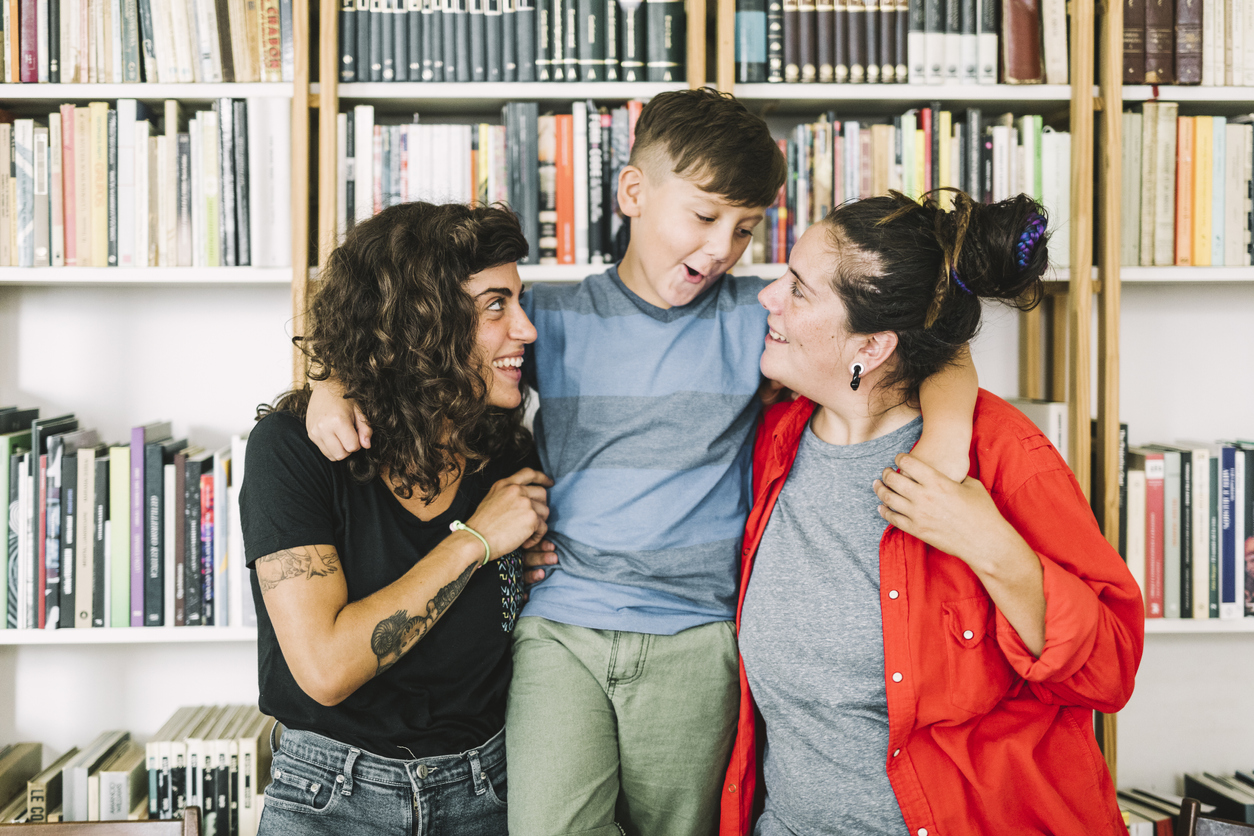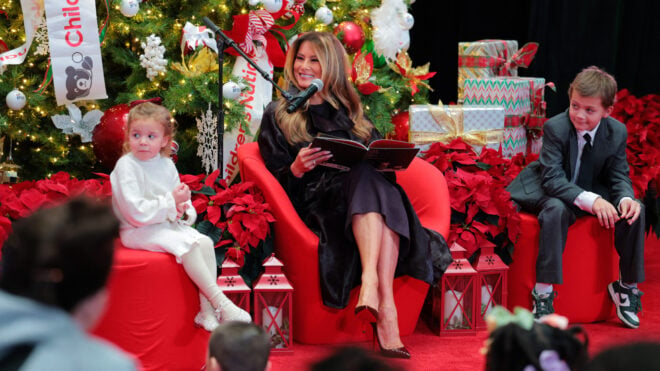
Isn't it every parent's goal to raise a tolerant child who embraces difference and thinks from a global perspective? A child who eats food from around the world and accepts everyone without an ounce of prejudice? You're probably rolling your eyes right now, thinking, "I'm just trying to get this kid to eat veggies and stop drawing on the walls." Our daily grind makes it seem like teaching tolerance is an overwhelming task, but not only is it totally doable, it can be a fun endeavor, too. The fact is that we all want to feel accepted and understood, but sometimes the practice of teaching acceptance is overlooked in our parenting process. While we're all doing our best on a daily basis, now is as good a time as ever to reevaluate not only how we teach our children to be tolerant but how we embody that message as parents, too.

What would it mean for our children to be tolerant, and what is the value of teaching acceptance? Well, it would get us on track toward world peace, for one thing! That's an exaggeration, but in all seriousness, there are infinite ways tolerance can bring about positive changes, both small and large. Yet a major impediment is that we tend to think that if we just teach our children we are all equal, then we've done an excellent job.

So, for example, you may think that by not talking about differences like ethnicity, physical ability, and gender you're teaching your child that we are all the same. But the message your child may actually be receiving is that you support and accept the status quo. And the status quo, so easily proven by statistics and everyday experiences, demonstrates a vastly different reality in which we are not all treated as equals. There are times when this silence can be read as complicity.

While research has shown that non-white parents are more likely to talk to their children about race than white parents, it's important to note that tolerance transcends the racial binary. The world we live in comprises differences that are woefully overlooked, and we perpetuate intolerance by actively ignoring them. So while we are talking, or not talking, to our children about race, are we talking to them about class differences, developmental disorders, and religious practices that differ from our own?
If you didn't feel overwhelmed when you started reading this, you may start to feel overwhelmed now. Plus, you may be asking yourself, "Why on earth would I burden my child with all this negativity?" But here's the thing. It doesn't have to be all bad. You can still paint a realistic picture of our diverse world while teaching inclusivity. You can choose to celebrate differences as you highlight distinctions. And you can have fun doing it, too. Here are just a few ways you can teach tolerance and help your child embrace differences.
What do you do when your child comes to you with hard-hitting questions that you don't know the answer to? Well, the first thing is, don't circumvent the issue just because it makes you uncomfortable. Doing so only perpetuates misunderstanding. You don't have to have all the answers, so be honest with your child and say that you don't know right now, but you are happy to look into it and do a bit of research with them.
And let's talk about that research. A great way to teach tolerance is for both you and your child to broaden your exposure to books that offer insight into cultures, beliefs, and ethnicities that differ from your own. Plus, reading material isn't relegated to just books. Why not sign your child up for a monthly subscription to a service that delivers a box showcasing different countries, cultures, recipes, and opportunities to connect with pen pals? And don't forget the value of exposing your child to another language and travel — whether that means globe-trotting in real life or virtually through museum exhibitions or cultural festivals.

Teaching tolerance also requires thinking through your delivery. No matter how challenging the topic, you should keep in mind your child's age and what you think they can handle emotionally. Plus, there is a way to talk about historically disenfranchised or marginalized peoples in a way that highlights their contributions to culture and society. Be sure to point out resistance and agency as well.
Just know that no matter how hard you try, and no matter how good your intentions, it's possible that you may get it wrong sometimes — and that's OK! The important thing to remember is that embracing tolerance is not something only your child should learn. Even as adults, our beliefs and values will continuously be challenged, and this should inspire us to cast our tolerance nets even wider. Because as difference is infinite, so too is our opportunity to grow and learn, modeling acceptance and preparing our children to be good humans toward each other.




